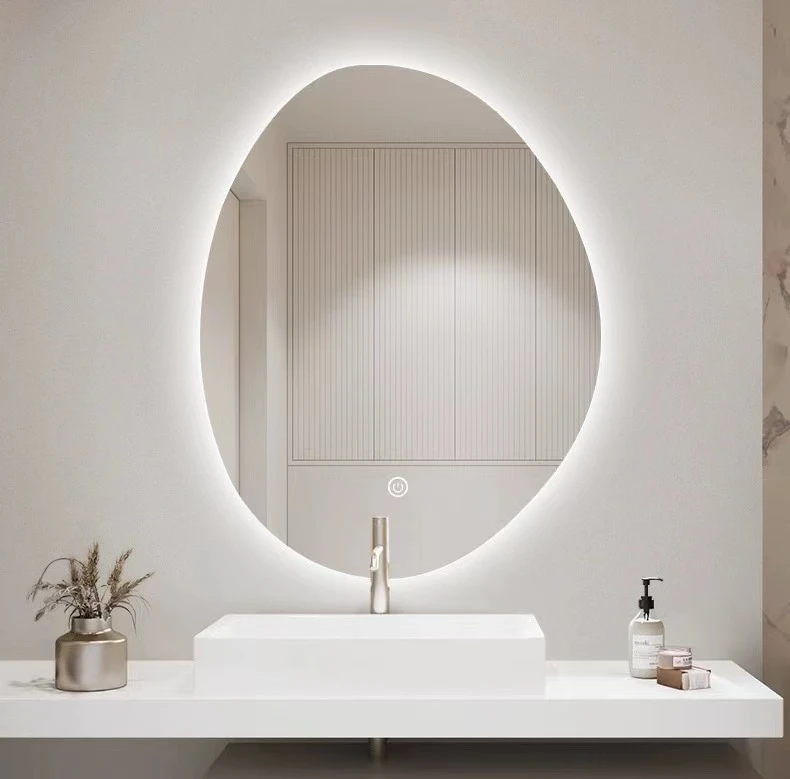Low-E glass materials represent a breakthrough in modern architecture and energy efficiency. With the rising demand for sustainable and eco-friendly construction, Low-E, or low-emissivity glass, has become a popular choice for both residential and commercial projects. This advanced material minimizes the amount of ultraviolet and infrared light that can pass through glass without compromising on the amount of visible light that is transmitted. This feature makes Low-E glass an ideal solution for improving energy efficiency and indoor comfort, as well as reducing energy costs.

Low-E glass is designed to reflect heat back to its source. In warmer months, it reflects the sun’s rays outward, keeping the interior cooler and minimizing the load on cooling systems. During colder months, it retains the indoor heat, reducing the heating demands. This dual-action ability sets Low-E glass apart from traditional glass types, as it dynamically enhances thermal comfort all year round.
One of the critical components of Low-E glass is its coatings. These coatings, typically made from layers of metal or metallic oxide, are applied during the glass manufacturing process and play an essential role in determining the emissivity and reflectivity properties. The coatings are ultra-thin, sometimes not even visible to the eye, yet they possess remarkable efficiency enhancement capabilities. The advancements in coating technologies now allow for different levels of reflectivity and emissivity that can be customized based on geographical and climatic requirements.

A standout feature of Low-E glass is its contribution to lowering carbon footprints. Buildings equipped with Low-E glass in their architecture often exhibit a significant reduction in energy use, which translates to lower greenhouse gas emissions. For architects and builders, this means aligning with increasingly stringent environmental regulations and achieving higher LEED certifications with greater ease.
The durability of Low-E glass is another advantage that appeals to developers and homeowners alike. The coatings on Low-E glass are highly resilient to wear and environmental stressors, ensuring long-lasting performance. This durability reduces maintenance costs, as it negates the frequent need for replacements or additional energy-saving window treatments. Moreover, modern Low-E glass options include self-cleaning coatings, which use rainwater to wash debris away, further enhancing their low-maintenance appeal.
low e glass material
In terms of aesthetic adaptability, Low-E glass is available in a variety of tints and finishes. This versatility allows it to enhance the architectural style without compromising the view or natural lighting requirements of a building’s interior spaces. Whether it's a high-rise office complex or a compact residential unit, Low-E glass can be integrated seamlessly into any design scheme.
For consumers evaluating window options, understanding the potential savings and comfort improvement that Low-E glass can offer is crucial. On average, using Low-E glass can reduce household energy bills by up to 30%. Over time, the investment in Low-E glass windows pays for itself, not only in energy savings but also in added property value.
When selecting Low-E glass, it’s important to work closely with experienced suppliers and manufacturers who understand regional climate conditions and building specifications. This partnership will ensure that the selected glass meets the specific U-value and solar heat gain coefficient (SHGC) requirements for optimal thermal performance. Consulting with professionals who possess a nuanced understanding of building physics and energy performance metrics ensures the right product fit.
Despite its myriad benefits, successful implementation of Low-E glass requires careful planning and consideration of site-specific factors. Professional guidance is critical in maximizing the return on investment provided by this cutting-edge material. Achieving the perfect balance between energy efficiency, aesthetic, and functional objectives can profoundly impact the sustainability and resilience of a building project.
In conclusion, the integration of Low-E glass material into modern construction is not merely a trend but a necessary advancement towards sustainable living spaces. It stands out due to its ability to significantly cut down energy costs while simultaneously enhancing indoor comfort and aesthetic appeal. As the world moves towards a greener future, Low-E glass will undoubtedly play a pivotal role in shaping the architectural landscapes of tomorrow.



